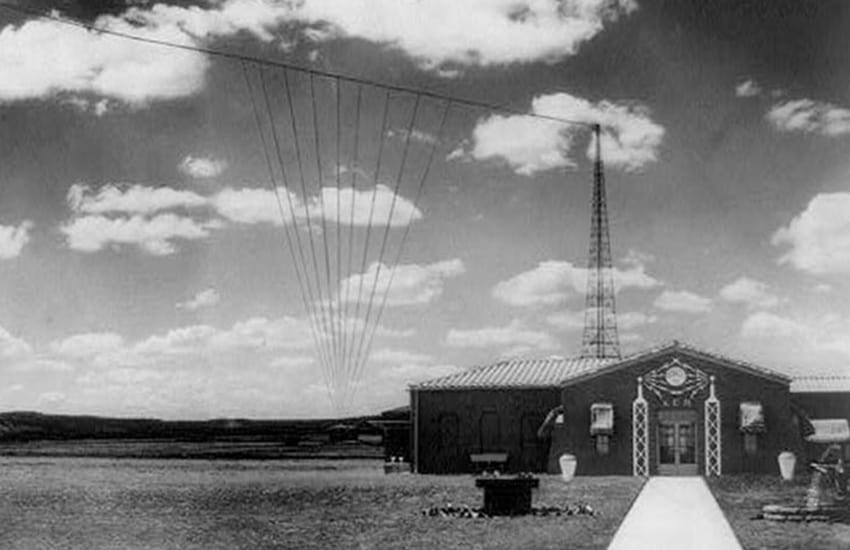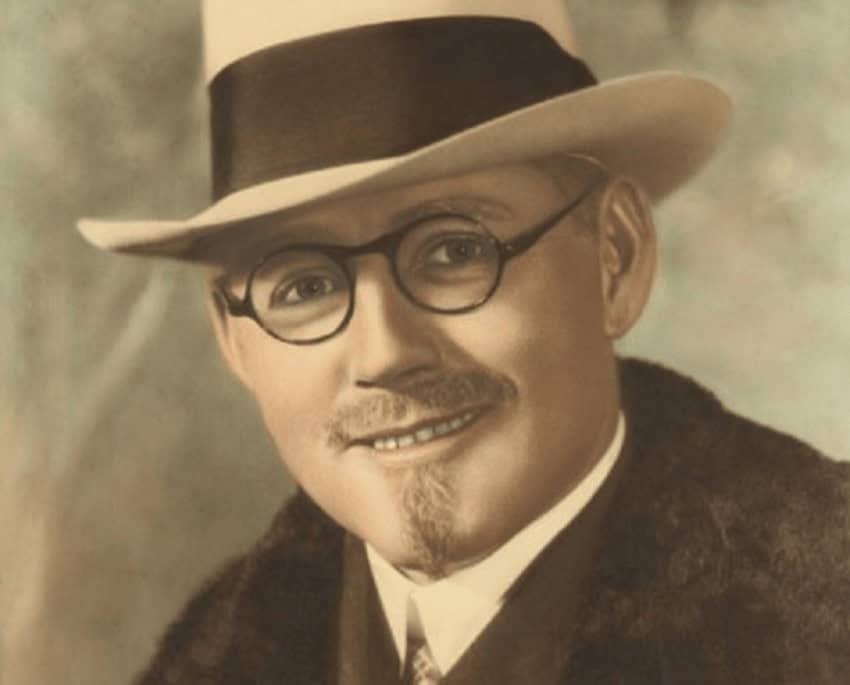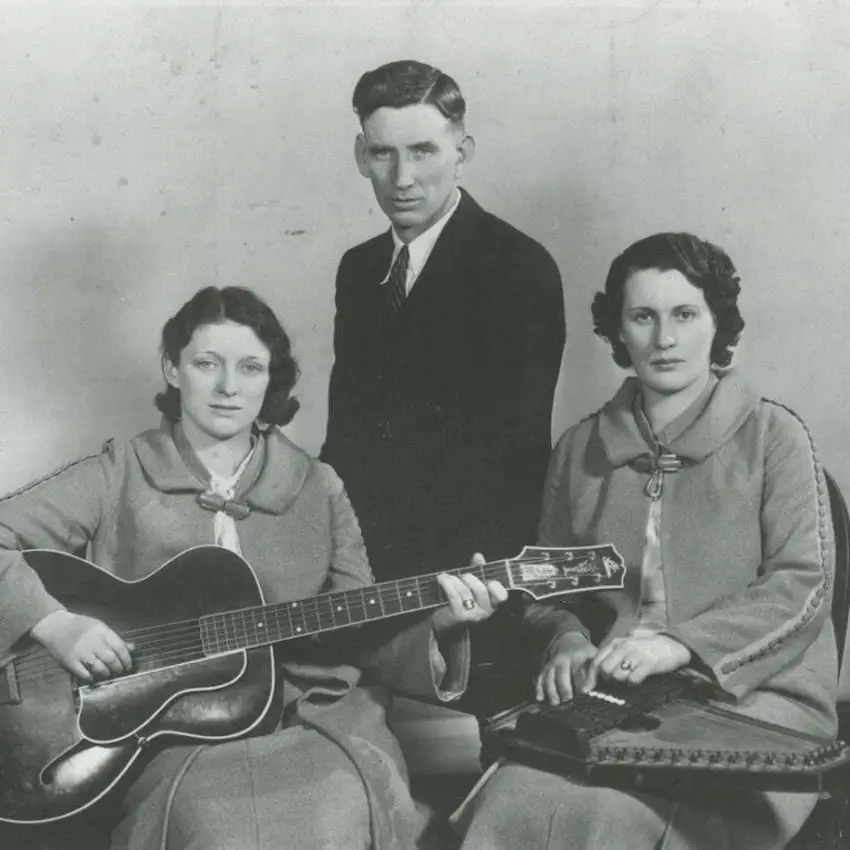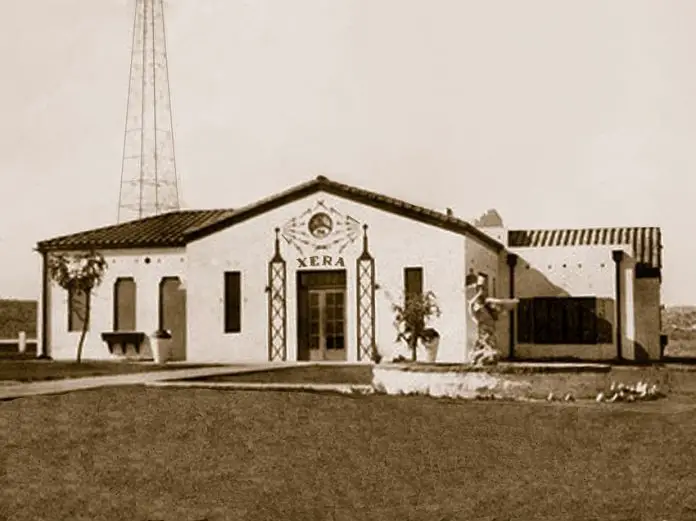If you’re like me, you love “Pirate Radio,” starring Philip Seymour Hoffman and Bill Nighy. The movie follows a group of rogue DJs who set up an outlaw radio station on a boat off the coast of Great Britain to broadcast rock and roll to fans hungry for the music.
Before pirate radio, however, there was border radio. The concept was the same — avoid regulations and censorship, broadcast music not being carried by mainstream radio and evade the long arm of the law.

The advent of border radio
In the 1920s, the United States and Canada reached an agreement to divide the long-range radio frequencies between themselves, leaving Mexico out of the agreement. Radio created a stir in both countries as a new communications medium that brought entertainment into people’s living rooms. As a result, a long string of border radio stations — also known as border blasters — sprang up south of the Rio Grande.
Mexico’s lack of regulations allowed stations to operate at a powerful 50,000 to 500,000 watts. This gave them access not only to listeners across the United States but as far away as Canada, Europe and South America; their target audience was the U.S.
In 1930 American businessmen — primarily conmen and charlatans — began building radio stations along the border. The first was Houston theater owner Will Horwitz, who established XED radio in Reynosa, Tamaulipas. Horwitz was eventually sent to prison by the U.S. authorities for broadcasting the Tamaulipas lottery over radio waves reaching the United States.
Another controversial border broadcaster was Iowan Norman Baker, who set up XENT radio in Nuevo Laredo and used it to promote his alleged cure for cancer. The most controversial and best-known of the outlaw radio station owners, however, was without a doubt, John R. Brinkley.

The Goat Doctor
A failed politician, Brinkley received a degree from an unaccredited medical school but ultimately ended up practicing medicine in Kansas and Arkansas. One day a farmer presented himself in Brinkley’s office, lamenting his lack of “male vigor” and wishing he had the vigor of a billy goat.
With those words, a scheme formed in Brinkley’s mind that he called the “goat-gland rejuvenation” operation as a remedy to male impotence. He implanted the testicles of a goat in the farmer’s scrotum. It became the perfect scam — a quick operation that didn’t cost much to perform — but he needed a way to publicize his miracle treatment. Then he learned about the power of radio.
He received a broadcasting license for his station KFKB in Kansas in 1923. Three times a day, between broadcast church services and music, Brinkley would deliver his medical sermon on the wonders of goat-gland rejuvenation. Thousands converged on the tiny town of Milford, Kansas seeking the operation. Brinkley became so successful he had to build a hospital to accommodate all his patients.
The goat-gland rejuvenation operations were brought to the attention of Morris Fishbein, the president of the American Medical Association. Fishbein, knowing Brinkley was a quack, decided to shut him down for good. Eventually, Brinkley lost his broadcasting and medical licenses and decided to try his luck south of the Rio Grande. He set up his radio broadcasting station in Villa Acuña, across from Del Rio, Texas, so Texans could access his services. Mexican officials welcomed the wealthy entrepreneur, facilitating the building of a 50,000-watt station.
XER’s programming was extremely popular and included yodelers, fiddlers, Mexican music, religious sermons, psychics and astrologists, but its main purpose was to attract patients for Brinkley’s goat-gland rejuvenation business.

Who knows why men believed that goat gonads would restore virility, but thousands flocked to Villa Acuna for the operation. Brinkley did quite well, purchasing several planes, a yacht and a 16-acre estate called the Brinkley Mansion.
Border radio spreads new genres across the US
As the station grew, Brinkley reached an agreement with Mexican officials to broadcast at 500,000 watts and restructured his radio empire under the call letters XERA. The United States was in the depths of the Great Depression and XERA was the only radio signal that reached rural listeners, transporting them away from their problems. He introduced country music to the rest of America when he discovered the Carter Family from the hills of Virginia, who played “hillbilly” music.
The Carter Family became country icons. Their music influenced a six-year-old in Arkansas who would eventually marry the family’s daughter June: Johnny Cash. Many country icons, including Hank Williams, Johnny Horton and Cash himself, took advantage of the high-wattage border blasters, trekking to the border to promote and perform their latest single.

XERA was not the only station ushering in new genres of music. XERF radio played a prominent role in introducing Americans to rhythm and blues, soul, rock and roll and the blues. Young DJ Bob Smith grew up listening to border radio in New York City. In 1963, determined to get on the air at a border station, he arrived in Del Rio, Texas with demos of his radio gigs and talked his way onto CERF. He eventually became the station manager and was known to his listeners as Wolfman Jack.
As station manager, he included product-peddling and religious broadcasts in his programming but after midnight he played jazz, rock and roll, soul and rhythm and blues. Wolfman Jack had an air of mystery that made him extremely popular. In the postwar 1950s, a sense of normalcy and strict moral standards settled over the United States. Broadcasting from Mexico, Wolfman Jack’s thinly disguised sexual innuendos and new music genres evaded the extreme censorship at the time.
ZZ Top guitarist Billy Gibbons was influenced by listening to the blues on border radio growing up in Lubbock, Texas. The band even dedicated two songs to border music, including “I Heard It on the X.”
Border blasters continued to prosper in the 1960s. Then, in 1972, Mexico and the United States reached an agreement on radio frequencies which was the beginning of the end of border radio. Television broadcasting eventually became the dominant medium.
Border radio, however, ushered in new ways of thinking about music and fresh expressions of creativity. It took locally popular music out of regional isolation and jettisoned it into the mainstream, changing the culture of the United States.
Sheryl Losser is a former public relations executive, researcher, writer, and editor. She has been writing professionally for 35 years. She moved to Mazatlán in 2021 and works part-time doing freelance writing. She can be reached at AuthorSherylLosser@gmail.
